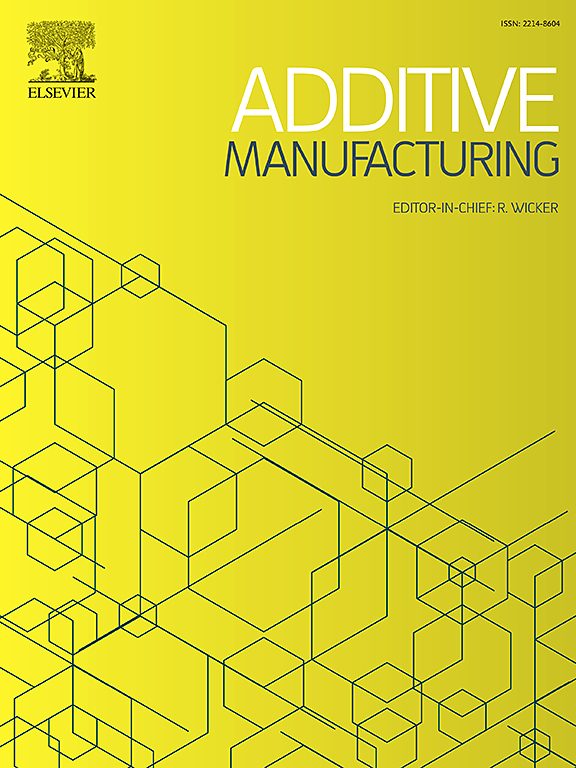Dual-head multi-photon polymerization 3D printing for parallel additive manufacturing organic/inorganic materials in optics
IF 10.3
1区 工程技术
Q1 ENGINEERING, MANUFACTURING
引用次数: 0
Abstract
Rapid 3D laser printing based on two-photon polymerization (TPP) is a promising technique for fabricating high-resolution structures, but its scalability is often hindered by challenges in parallelization and material versatility. In this study, we present a high-precision, multi-head 3D printing system that integrates advanced optical and material control to address these limitations. By employing a dual-head setup with independent focal length adjustments and paired linear polarizers, our system enables simultaneous multi-material printing and rapid iteration of fabrication parameters, significantly enhancing prototyping efficiency. We demonstrated this system's versatility by successfully fabricating diverse microstructures, and compatible with organic and inorganic components. The system can achieve a minimum feature size of sub-100 nm and the highest printing speeds of 20 mm/s with a numerical aperture (NA) of 1.3 or 0.8, balancing precision and efficiency for industrial-scale applications. Additionally, its capability to perform multi-parameter, full-field-of-view additive manufacturing facilitates a wide range of design possibilities. The potential of this technique is further illustrated through two optical applications: an 8 × 8 convex lens array and diffractive optics for high-resolution holography. The lenses exhibit exceptional surface quality and uniformity with a roughness of less than 4 nm and a peak-to-valley surface deviation is around 200 nm, while the diffractive optics achieve sub-wavelength feature resolution, demonstrating the system’s suitability for advanced optical component manufacturing. This study advances the state of additive manufacturing by addressing key challenges in parallelization, scalability, and material diversity.
求助全文
约1分钟内获得全文
求助全文
来源期刊

Additive manufacturing
Materials Science-General Materials Science
CiteScore
19.80
自引率
12.70%
发文量
648
审稿时长
35 days
期刊介绍:
Additive Manufacturing stands as a peer-reviewed journal dedicated to delivering high-quality research papers and reviews in the field of additive manufacturing, serving both academia and industry leaders. The journal's objective is to recognize the innovative essence of additive manufacturing and its diverse applications, providing a comprehensive overview of current developments and future prospects.
The transformative potential of additive manufacturing technologies in product design and manufacturing is poised to disrupt traditional approaches. In response to this paradigm shift, a distinctive and comprehensive publication outlet was essential. Additive Manufacturing fulfills this need, offering a platform for engineers, materials scientists, and practitioners across academia and various industries to document and share innovations in these evolving technologies.
 求助内容:
求助内容: 应助结果提醒方式:
应助结果提醒方式:


